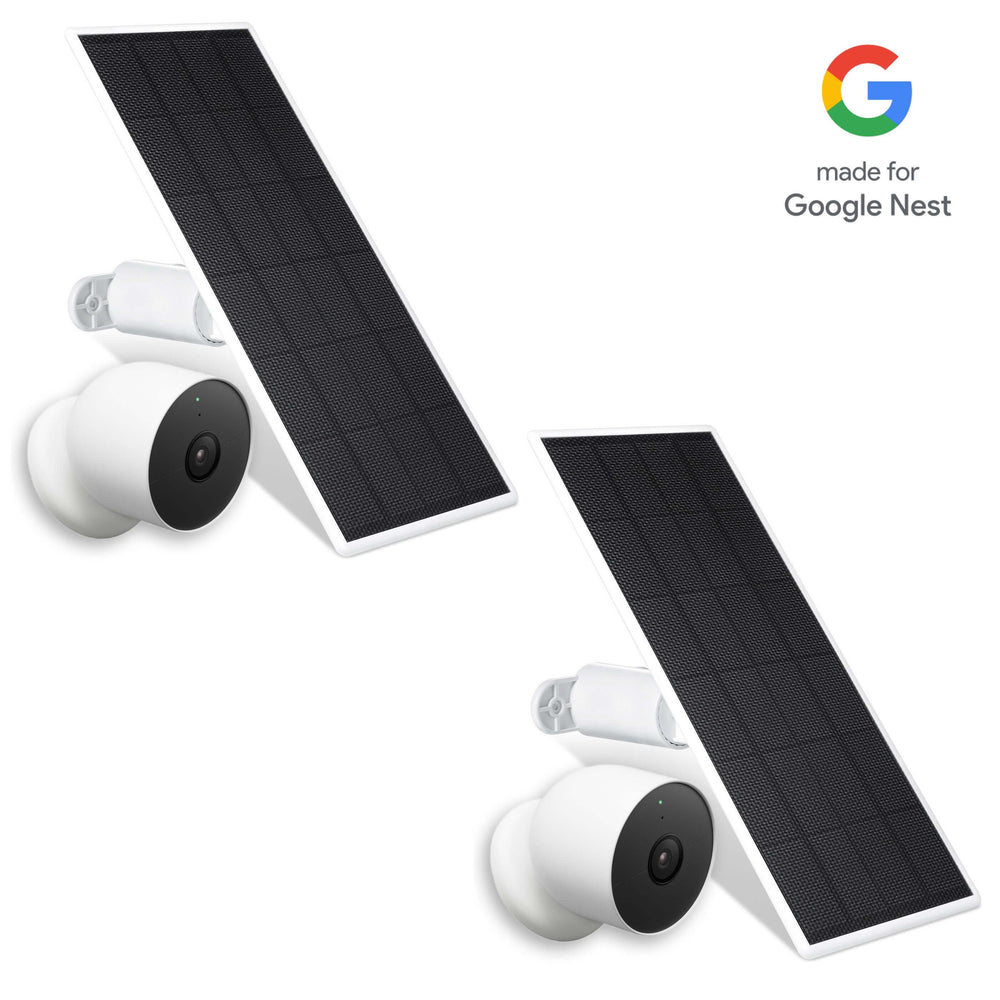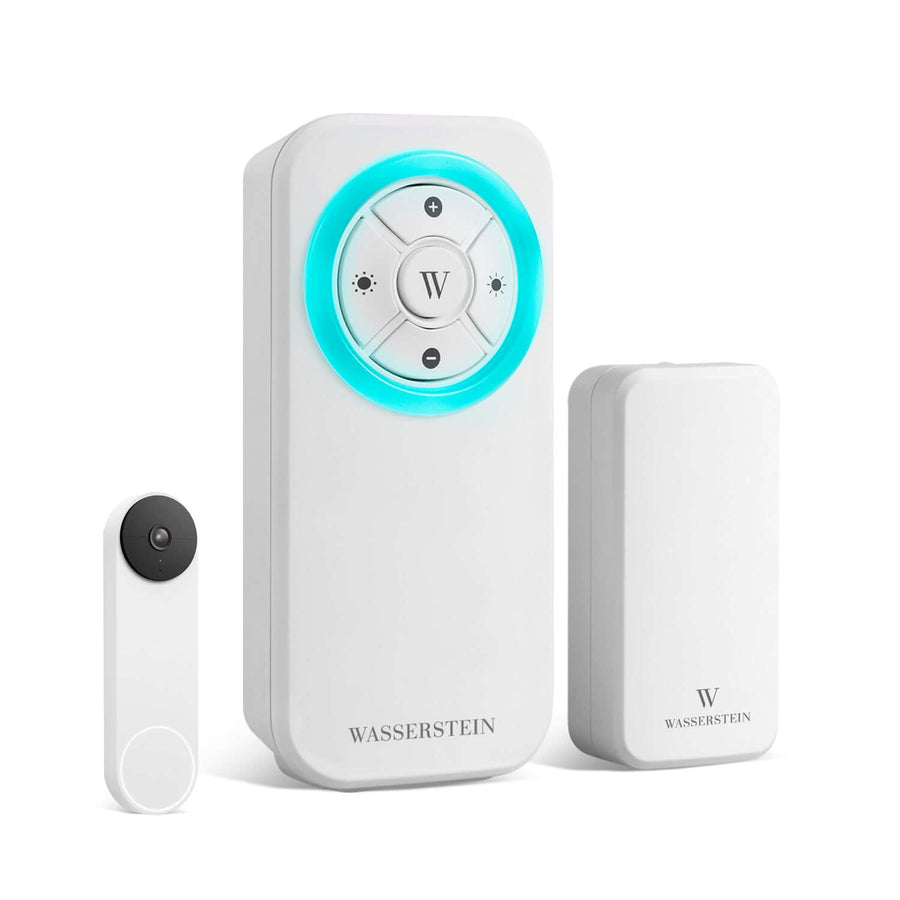Do LEDs Use a Lot of Electricity?
Lighting is an essential part of our daily lives.
LEDs have emerged as a leading choice for illuminating and enhancing our living and workspaces, including homes, offices, and public areas. These cutting-edge lighting solutions provide the ability to clearly see and perform tasks with precision and efficiency.
LED stands for Light Emitting Diode, and these lights have rapidly become popular due to their energy efficiency, long lifespan, and low heat output.
Despite their increasing popularity, there remains some uncertainty regarding the electricity consumption of LEDs.
In this blog, we will shed some light on this new technology.
Power Consumption

LEDs are known for their energy efficiency. They convert most of the electricity they use into light, rather than heat, and this makes them much more efficient than traditional incandescent bulbs.
The amount of electricity used by LEDs is measured in watts per hour, or kilowatt-hours (kWh).
A kilowatt-hour is equal to 1,000 watts of electricity used for one hour.
LED vs. Traditional Lights
Traditional incandescent lights, which have been used for more than a century, use a lot of electricity. For example, a typical 60-watt incandescent bulb uses 60 watts of electricity per hour.
In comparison, an LED light bulb that produces the same amount of light as the 60-watt incandescent bulb uses only 9 watts of electricity per hour. This means that LED light bulbs use significantly less electricity than traditional incandescent bulbs.
Fluorescent bulbs, on the other hand, are more energy-efficient than incandescent bulbs but still use more electricity than LED bulbs.
A typical 18-watt fluorescent bulb uses 18 watts of electricity per hour. In comparison, an LED light bulb that produces the same amount of light uses only 5 watts of electricity per hour.
How Long Do LEDs Last?
LEDs are known for their extended lifespan, as they last up to 25 times longer than traditional incandescent bulbs and up to 3 times longer than fluorescent bulbs.
This means that LEDs need to be replaced much less frequently, reducing their overall environmental impact.
What About LED Strip Lights?

LED strip lighting is a popular option for homes and businesses, and the most important factor depends on the length of the strip and the number of LEDs in the strip.
On average, a 16-foot LED strip light uses around 36 watts of electricity per hour.
If you use a 16-foot LED strip for 6 hours a day, you will use 216 watts of electricity per day, or 0.216 kWh. Over a year, this would add up to 78.84 kWh.
The Cost of LED's Power Consumption
Electricity cost varies, depending on where you live and your electricity provider.
In the United States, the average cost of electricity is around 13 cents per kilowatt-hour.
This means that using a 60-watt incandescent bulb for 6 hours a day for a year would cost you almost $50 in electricity.
In comparison, using an LED light bulb that produces the same amount of light for 6 hours a day for a year would only cost around $7.
If you're worried about the cost or want to be even more environmentally friendly, you can also consider outdoor solar LEDs.
How to Calculate
To calculate the electricity usage of LED lighting, you can use the following formula:
Electricity Usage (kWh) = Power (Watts) x Time (Hours) / 1000
For example, if you have a 9-watt LED that you use for 6 hours a day, the calculation would be:
Electricity Usage (kWh) = 9 x 6 / 1000 = 0.054 kWh
Advantages of LEDs
There are several advantages to using LEDs:
-
Energy Efficiency: LEDs are highly energy-efficient, converting most of the electricity they use into light rather than heat. Because of their efficiency, LEDs are used in a range of applications. A few examples include entertainment and stage lighting, cars, and medical applications. LEDs are the go-to light sources for Christmas trees and other Christmas season decorations, as they produce less heat and are safer to use for extended periods.
-
Energy Savings: Since LEDs use much less electricity while still being able to produce the light you need, these lights also save you money in the long run. Compared to conventional incandescent lighting or fluorescent lighting, they will use a lot less electricity.
-
Long Lifespan: LEDs boast an impressive lifespan that far surpasses traditional incandescent bulbs by up to 25 times, and fluorescent bulbs by up to 3 times.
-
Low-heat Output: LEDs produce very little heat, making them safer to use and they reduce the load on cooling systems.
-
Durability: LEDs are more durable than traditional bulbs, making them less likely to break or fail. This durability is due to its use of a sophisticated diode and semiconductor, as opposed to the heated filament in typical light bulbs. These bulbs burn hotter and burn out the filament, which eventually breaks the circuit.
-
Environmentally Friendly: LEDs use less electricity and last longer than traditional bulbs, reducing their overall environmental impact compared to conventional lighting choices.
Disadvantages of LEDs
While LEDs have numerous advantages, it's important to acknowledge that there are some limitations to their usage. These drawbacks include:
-
Upfront Cost: LEDs can be more expensive to purchase than traditional bulbs, although their long lifespan can make up for this cost over time.
-
Color Quality: Some people find that LEDs have a harsher or colder color quality than traditional lighting options like CFL bulbs
-
Compatibility: LEDs may not be compatible with all types of lighting fixtures or dimmer switches.
-
Blue Light: Some LEDs emit blue light, which can interfere with sleep and disrupt circadian rhythms.
FAQ
Do LEDs last longer?
Yes, LEDs last longer than traditional incandescent bulbs and fluorescent bulbs.
LEDs boast an impressive lifespan that far surpasses traditional incandescent bulbs by up to 25 times and fluorescent bulbs by up to 3 times. This is because LEDs do not have a heated filament that can burn out, unlike incandescent bulbs, and they do not have a ballast or starter that can fail, unlike fluorescent bulbs.
LEDs are also known for their durability, making them less susceptible to breakage or failure compared to traditional bulbs.
The longer lifespan of LEDs means that they need to be replaced less frequently, reducing their overall environmental impact and saving money on replacement costs.
How long can you leave a LED light strip on?
LED light strips are designed to be used for long periods and can be left on for extended periods without any issues.
However, it is recommended to follow the manufacturer's instructions for the specific LED light strip to ensure optimal performance and longevity.
In general, you can leave LED strip lights on for 24 hours a day, 7 days a week, as long as they are installed and used properly.
Most LED light strips have a lifespan of around 50,000 hours or more, which is equivalent to over 5 years of continuous use.
However, the lifespan of an LED light strip can vary depending on the quality of the materials used and the environmental conditions in which it is used.
It is important to note that leaving an LED light strip on for extended periods can lead to increased electricity usage and higher electricity bills.
To optimize energy usage and reduce costs, it is advisable to utilize LED strip lights only when necessary and to promptly switch them off when not in use.
Additionally, using a timer or motion sensor can reduce electricity usage and prolong the lifespan of the LED light strip.
Do connected LED light strips use more electricity?
Connected LED light strips, also known as smart LED light strips, have additional functionality compared to traditional LED light strips.
They can be controlled remotely using a smartphone app or a voice assistant like Amazon Alexa or Google Assistant.
They also often have features such as color-changing and dimming capabilities.
While connected LED light strips may require an additional power source for their smart features, they do not inherently use more electricity than traditional LED light strips.
The amount of electricity used by a connected LED light strip will depend on the wattage of the LED strip itself, as well as the power consumption of any additional components used to control the smart features.
It is important to note that leaving a connected LED light strip on standby mode when not in use can still consume some electricity, although the amount is typically very low.
To minimize energy usage and costs, it is recommended to turn off the connected LED light strip completely when not in use, or to use a power strip with an on/off switch to easily control the power supply to the light strip.
Are LEDs cheaper to run?
Yes, LEDs are better for your savings in the long run. While LEDs may have a higher upfront cost than traditional incandescent or fluorescent bulbs, they are much more energy-efficient and have a longer lifespan.
This means they can save you money on your electricity bills and replacement costs over time.
LEDs use significantly less electricity than traditional bulbs, with a typical LED bulb using only a fraction of the energy used by an incandescent or fluorescent bulb to produce the same amount of light.
This can result in significant savings on your electricity bills, especially if you use a lot of lights in your home or business.
In addition, LEDs have a much longer lifespan than traditional bulbs, with some LEDs lasting up to 25 times longer than incandescent bulbs and up to 3 times longer than fluorescent bulbs.
This means you will need to replace your LEDs much less frequently, reducing your overall cost and environmental impact.
While the upfront cost of LEDs may be higher than traditional bulbs, their long lifespan and energy efficiency can make up for this cost over time.
LEDs can save you money on your electricity bills and replacement costs, making them a better choice for your savings in the long run.
Looking for powerful LEDs to level up your home security system? Check out Wassertsein’s collection of floodlights for Arlo, Blink, Ring, Nest, and Wyze!








Leave a comment